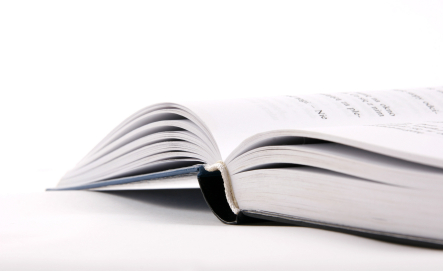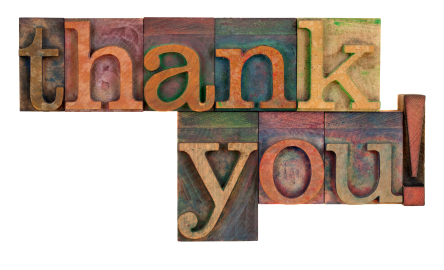I had the chance recently to get away for a long weekend on the North Carolina coast. As always, one of the main attractions of this short break from the rat race was the opportunity to read. In a quiet, pleasant setting. For extended periods of time.
This doesn’t happen nearly so often as I would like. Sure, I read all the time – it’s an essential part of my work day in and day out. And I always snatch some time before bed or at any odd hour I can to read for pleasure. But reading as a true luxury, with time as no object, is another thing entirely.
This time around, I was struck more than ever by the sheer physicality of “old school” reading and by the ways in which I tend to go about reading a book.
I dog ear numerous pages, underline, and take notes in the margins – practices that would no doubt make a true bibliophile cringe.
I scribble notes in a small notebook I always try to keep with me. Things I want to remember. Things I may want to use later in some piece of writing of my own.
I remember other times and places – sights, sounds, smells – associated with other books. Reading War and Peace on the Trans-Siberian railroad decades ago – easily one of the highlights of my life. I still have that copy of Tolstoy’s masterpiece on my bookshelf. (I need to do better following a friend’s habit of always writing the date and place of each reading in the front of the book.)
I listen to my wife’s voice as we once again read a book aloud. This time it is Jane Austen’s Persuasion and Louisa Musgrove has just tumbled from the steps at Lyme. We read the copy I used to teach the book many years ago.
There is a certain poetry, I think, in experiencing a real, physical book. As many intellectual thrills as I have encountered on the Web, as many exciting prospects as holding a vast library in the palm of my hand may represent, I have yet to experience this poetry in the digital world. Perhaps it will come eventually.
How about you? How do you read a book?
Jeff
P.S. – In spite of the somewhat wistful tone of this post, regular readers here know I am a stalwart fan of technology when it comes to learning. As far as books and technology go, you may want to check out 15 Online Resources for Book Lovers (which, admittedly – and perhaps appropriately – I did not write).





Jeffrey – I like that approach. Along the same lines, I often use an index card or something similar as a bookmark so that I can note down things as I go along. If I see one big upside to e-readers (aside from potentially toting fewer books with me when I travel!) it’s that they might finally help with getting all of my notes into a tagged database, as you suggest, in a more efficient way (much as I do now with reading in an RSS reader). Still, I suspect there is something gained by having to go through the effort of going back to review and transfer physical notes. Thanks for commenting – and good luck with building that database some day! – Jeff
My current nonfiction reading process is to put a few jumbo post-its inside the front and back covers. When I run across a concept I want to remember, I note the page number and concept on the inside front cover Post-it; quotes get excerpted on the inside back cover Post-it. I used to just write this info on the cover, but by putting it on the Post-its, I then can “export” the info for other uses more easily. I dream of one day keying in all this info into a sortable database with tags, but I don’t see that happening anytime soon.
Avil – Thanks so much for commenting and sharing these resources! – Jeff
Jeff,
It must be serendipity that we are in the same head space. My blog post today is Reading and Listening Plan Process, which includes reference guides on how to read. As a voracious reader, I am always talking about reading, and often take notes in the front of the book when I reading because I do book reviews. I have a series of questions that I like to answer to get the most from my reading.
Here are three related blog posts to assist when reading books:
https://theinvisiblementor.com/2010/03/23/reading-listening-plan-process/
https://theinvisiblementor.com/2010/03/15/book-summary-templatehow-to-get-the-most-from-a-book/
https://theinvisiblementor.com/2010/03/22/how-to-master-a-subject/
Hope this helps! Avil Beckford